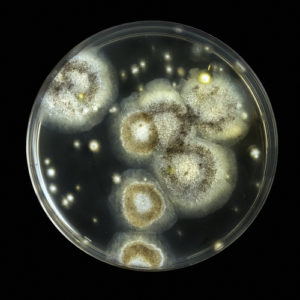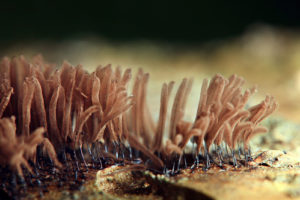Introducing Our New Mold Information Resource

Get the Information You Need on Mold!
In recent years, the problem of interior mold growth and its effect on building occupants has gained an increasing amount of attention. With everything that’s being written on the topic, how can you tell the difference between facts and misinformation?
Our experts at Stern Mold have created a Mold Information Center on our website to promote understanding of these fungi along with how and why it should be treated. Here are some of the questions you will find addressed in the Center.
What are the Top Five Types of Mold Found Inside Homes and Buildings?
Mold is a far-ranging category that includes more than 100,000 identified varieties. Only biologists and other scientific researchers need to go into that amount of depth, so we provide an overview of the types of mold most commonly found indoors.
Is All Mold Toxic?
Much of the reporting about mold has focused on toxic or black mold, so some people have come to believe that those terms apply to any type of mold found in homes and other buildings. We explain the true meanings of those two terms as they refer to mold.
What Are Mold Spores? Why is Treatment Important?
One shortcoming of traditional mold remediation is that it can actually spread infestations by dispersing spores. Learn why effective treatment includes elimination of spores as well as the actual growth.
Stern Mold: Serving NYC and Northern NJ since 1995
Our two-stage MoldExterm treatment is more effective and less invasive than traditional mold remediation, and it provides protection against future infestations. Visit our website for more information and schedule your free mold inspection by our professionally trained technicians.



